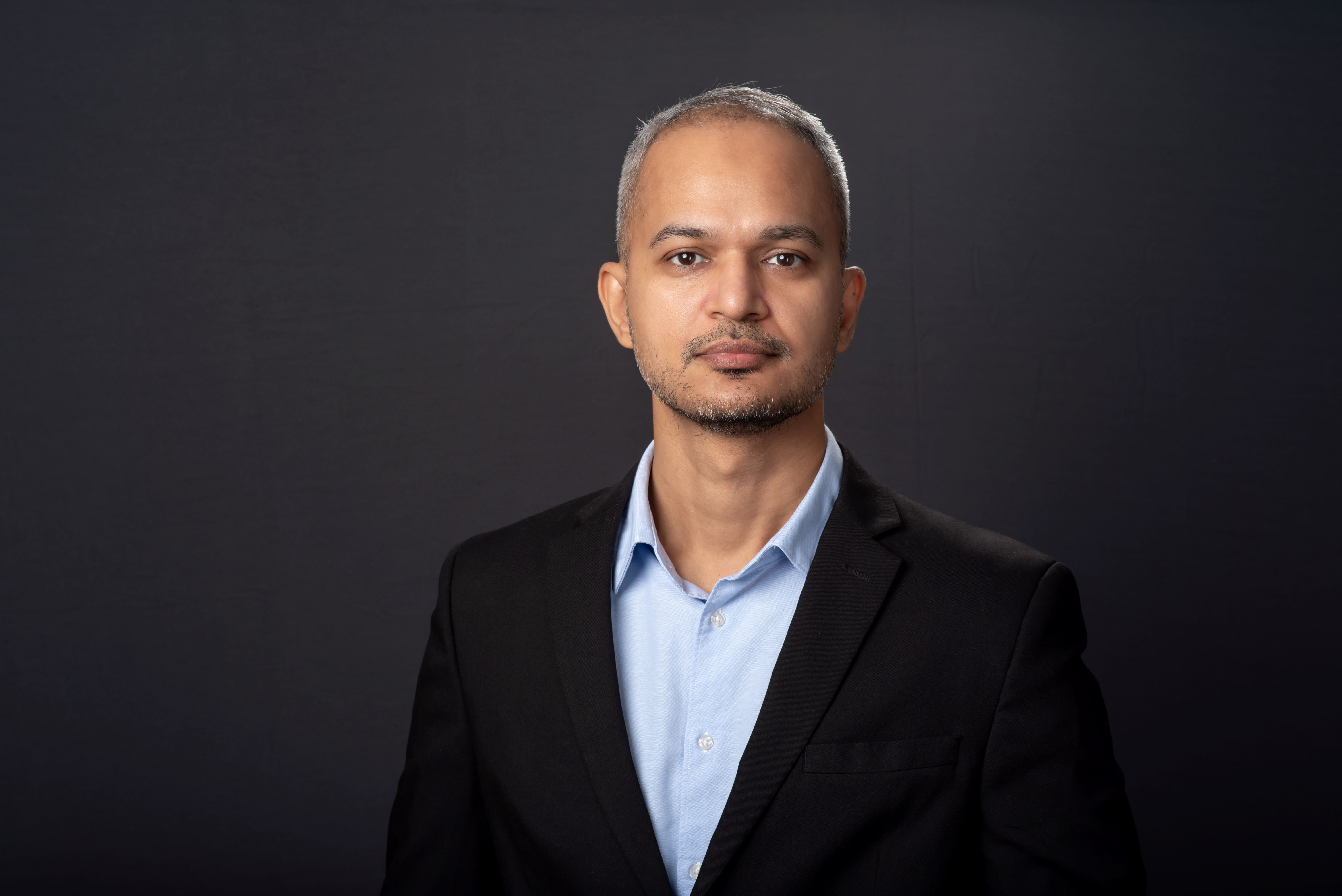Summary
“The Investor Ask” is a new series that will focus on questions on the minds of our investors, answered by their fund managers. We aim to ask our fund managers your tough questions in good times and in bad times. Each edition will aim to cut through the noise to offer candid, unfiltered answers. No sugar-coating. Just real conversations on how they are managing your money.
In this edition, we speak with Bhavin Gandhi, about his investment framework, the role of cycles and sizing, and why he believes alpha will never be smooth, but the process should always be steady.
1. Your one-year returns look average. How should investors judge you then?
“One year tells you nothing. Three years tell you everything.”
I prefer being judged on a rolling 3-year basis that’s the same horizon I use to evaluate companies. My active share is around 80%, which means my portfolios will behave very differently from the benchmark at times.
Short-term comparisons will often look noisy. The real question to ask is whether my framework the way I pick, size, and hold stocks is consistent.
2. Are you a value or a growth investor?
“Labels limit thinking. I invest where expectations are low.”
I don’t see value and growth as opposites. Every good investment starts with paying less than what the company can deliver. I look at the expectations already built into the price, and if I believe the business can outperform those, that’s value to me regardless of whether the stock looks like Bajaj Finance or PFC.
3. What are the key pillars of your investment process?
“Three anchors - expectations, cycle, and sizing.”
Everything in my portfolio flows from these three ideas:
- Implied expectations: what’s already priced in.
- Business cycle: where each company is in its industry cycle.
- Position sizing: how much I should own, given the range of possible outcomes.
Together, these act as both a risk-control system and a return engine.
4. You often talk about “cycle risk.” Why is that so important?
“Most mistakes happen at high valuation and high cycle.”
When margins, volumes or credit costs hit record levels, the risk of disappointment is highest. For instance, in cement, if EBITDA per ton is at ₹1,200, or in banks when credit costs are at decade lows, that’s when caution matters most.
I try to buy when the cycle is mid or turning, not when everything looks perfect.
5. What changed when you took over the Focus Fund?
“We changed conviction from an idea to a number.”
The biggest change wasn’t the stocks it was how much we owned of each.
We reworked position sizes based on scenario outcomes: worst, base, and best case.
If a stock only made sense in the bull case, it didn’t deserve size.
Sizing is half the job; conviction must show up in portfolio weights.
6. You held cash during the recent market fall. Why not deploy more?
“Cash wasn’t a call. It was a transition.”
When I inherited the fund, I was reshaping the portfolio, which meant some temporary cash.
I’m usually fully invested, investors give me money to deploy, not to park.
But I only add when the thesis still holds. If the story’s intact and prices fall, I buy more. If the story breaks, I move on.
7. How much weight do you give to macro news and management meetings?
“Macro informs but never drives.”
Interest rates matter in valuations. Beyond that, macro is context. News matters only if it changes cash flows, risk, or cost of capital. As for managements, the real value comes from understanding their 5-year vision and observing consistency, not what they say about the next quarter.
8. What differentiates your approach from others?
“I start with what the price already implies and test if reality can beat it.”
Most investors project growth and then value it. I reverse-engineer the price to see what the market is assuming.
If the assumptions look conservative and the business is stronger than what’s priced in, it’s a candidate for the portfolio.
9. What sectors or themes are you most confident about now?
“NBFCs, insurance, healthcare, and select PSUs.”
I see better risk-reward in non-bank lenders and insurance, where structural tailwinds remain. In healthcare, India’s emerging CDMO strength is compelling. In PSUs like GAIL, the market often misses how diversified the profit pools are gas transmission and marketing both contribute meaningfully.
10. When performance dips, how do you deal with self-doubt?
“You can’t avoid regret, but you can manage it.”
Drawdowns test everyone. During the “tariff tantrum,” pharma overweight’s hurt.
However, when I revisited the thesis India’s cost advantage, strong balance sheets, durable demand it still held. That’s why documenting your thesis matters. When you doubt yourself, your own notes remind you why you bought in the first place.
11. How should investors judge you today?
“Don’t judge by returns alone. Judge by reasoning.”
Pick any top holding and ask:
- Are expectations low?
- Is the cycle sensible?
- Is the position sized rationally?
If those answers hold true, the process is working even when short-term returns fluctuate.
Editor’s Note: Bhavin’s approach to investing is quietly disciplined. He doesn’t predict markets; he prepares for them. His three-pillar framework - expectations, cycle, and sizing offers both logic and humility, the two traits every long-term investor needs.
Watch the full conversation:
The Ramneek Kundra Show Episode 2
Industry insights you wouldn't want to miss out on.
Disclaimer
This Blog is for general information purposes only and contains the personal views of the Fund Manager. It should not be construed as investment advice. Viewers are advised to conduct their own investigation and seek appropriate professional advice before making any investment decisions. DSP Asset Managers Pvt. Ltd. (“the AMC”) has used information that is publicly available, including data developed in-house. While such information is believed to be reliable, neither the AMC nor any connected person warrants its completeness or accuracy, and disclaims all liabilities, losses, or damages arising from its use.
The investment approach, framework, or strategy mentioned herein is currently followed by the scheme and may change in the future depending on market conditions and other factors. Any opinions, figures, charts, or projections are subject to change without notice and may not remain relevant. Statements herein may include forward-looking statements that involve risks and uncertainties which could cause actual results to differ materially.
Any reference to sectors, stocks, issuers, or companies is purely illustrative. Such references should not be considered as recommendations to buy, sell, or hold any security, nor as an indication of future performance. The AMC, its affiliates, or schemes may or may not have any current or future positions in these securities.
Past performance may or may not sustain in the future and should not be used as a basis for comparison with other investments. There is no assurance of any returns/capital protection/capital guarantee in DSP schemes.
Mutual Fund investments are subject to market risks, read all scheme related documents carefully.
Other Blogs
Sort by
 Account Statement
Account Statement  Capital Gain Statement
Capital Gain Statement  Key Information Memorandum
Key Information Memorandum  PAN Updation
PAN Updation  Register / Modify KYC Online
Register / Modify KYC Online  Nominee Registration
Nominee Registration  Email / Phone Updation
Email / Phone Updation  OTM / eNACH Registration
OTM / eNACH Registration  Guidelines for Incapacitated Investors
Guidelines for Incapacitated Investors  FAQs
FAQs Reach us
Reach us



















Write a comment